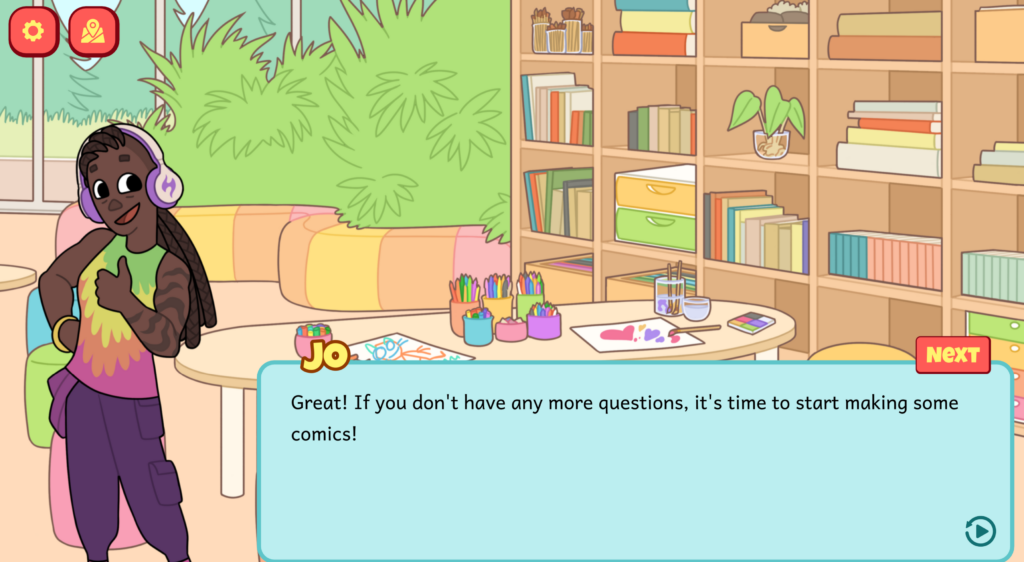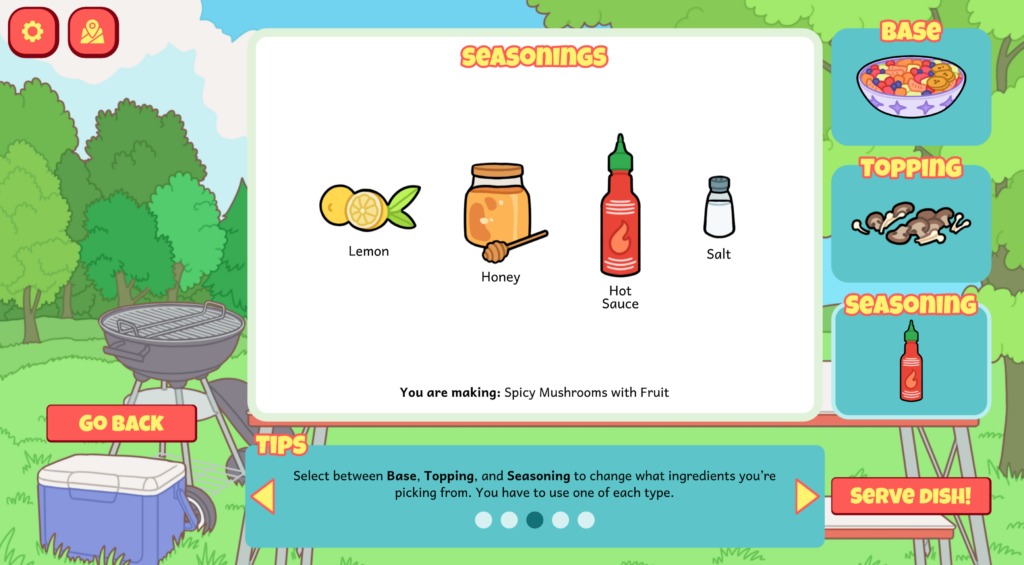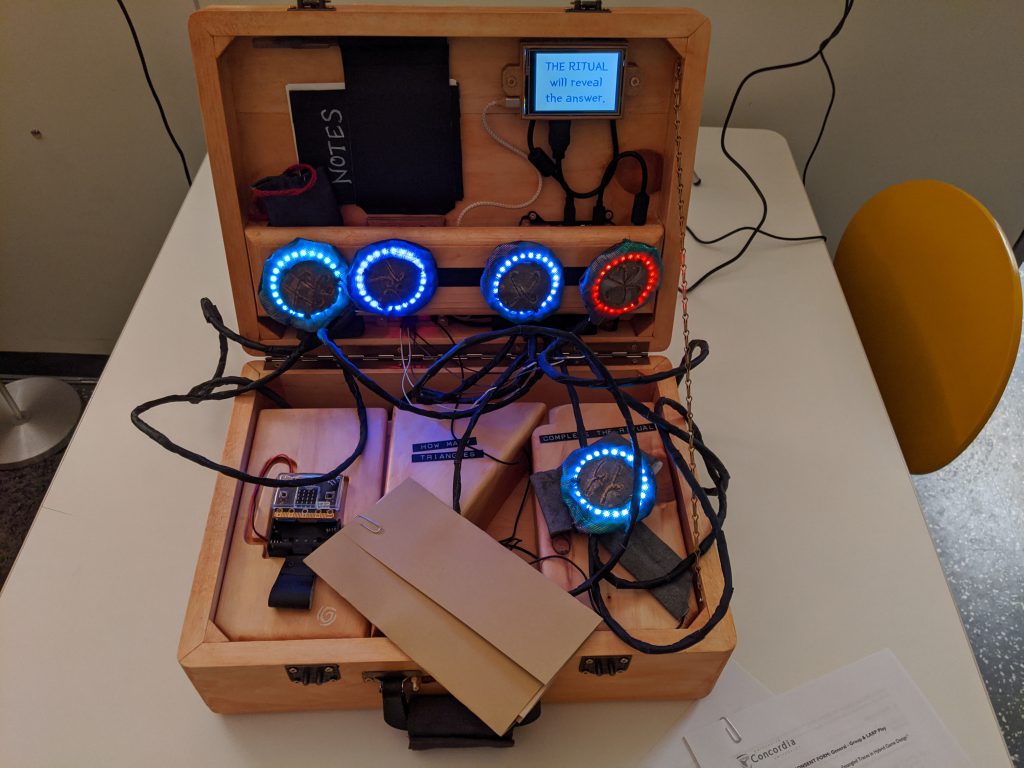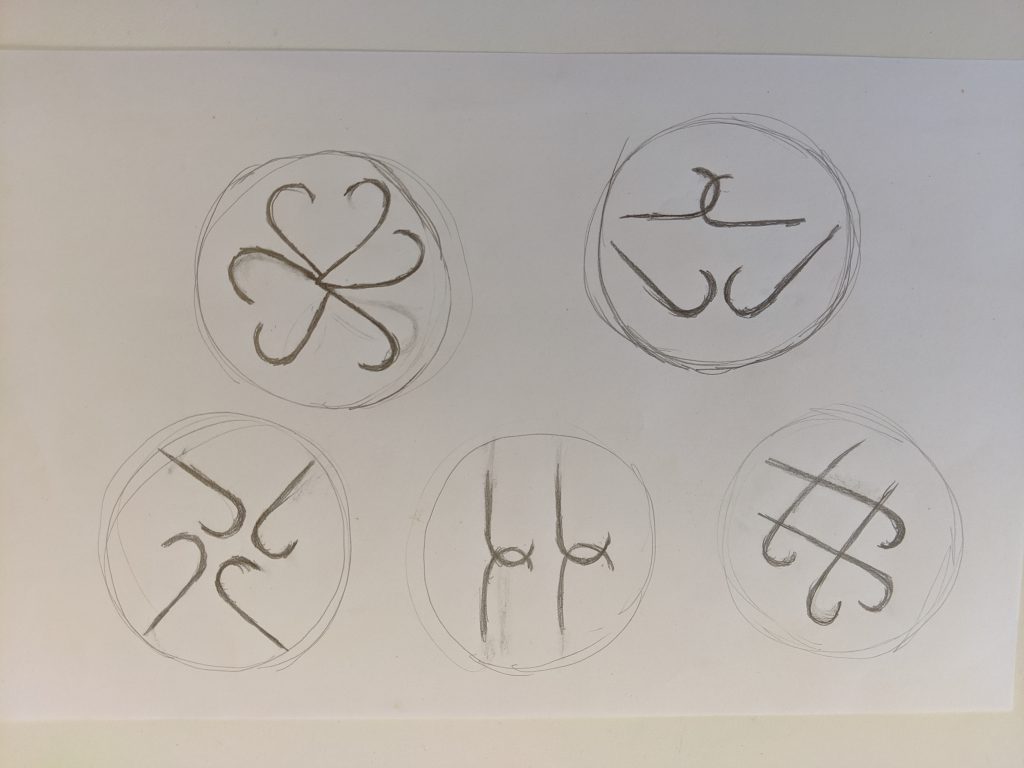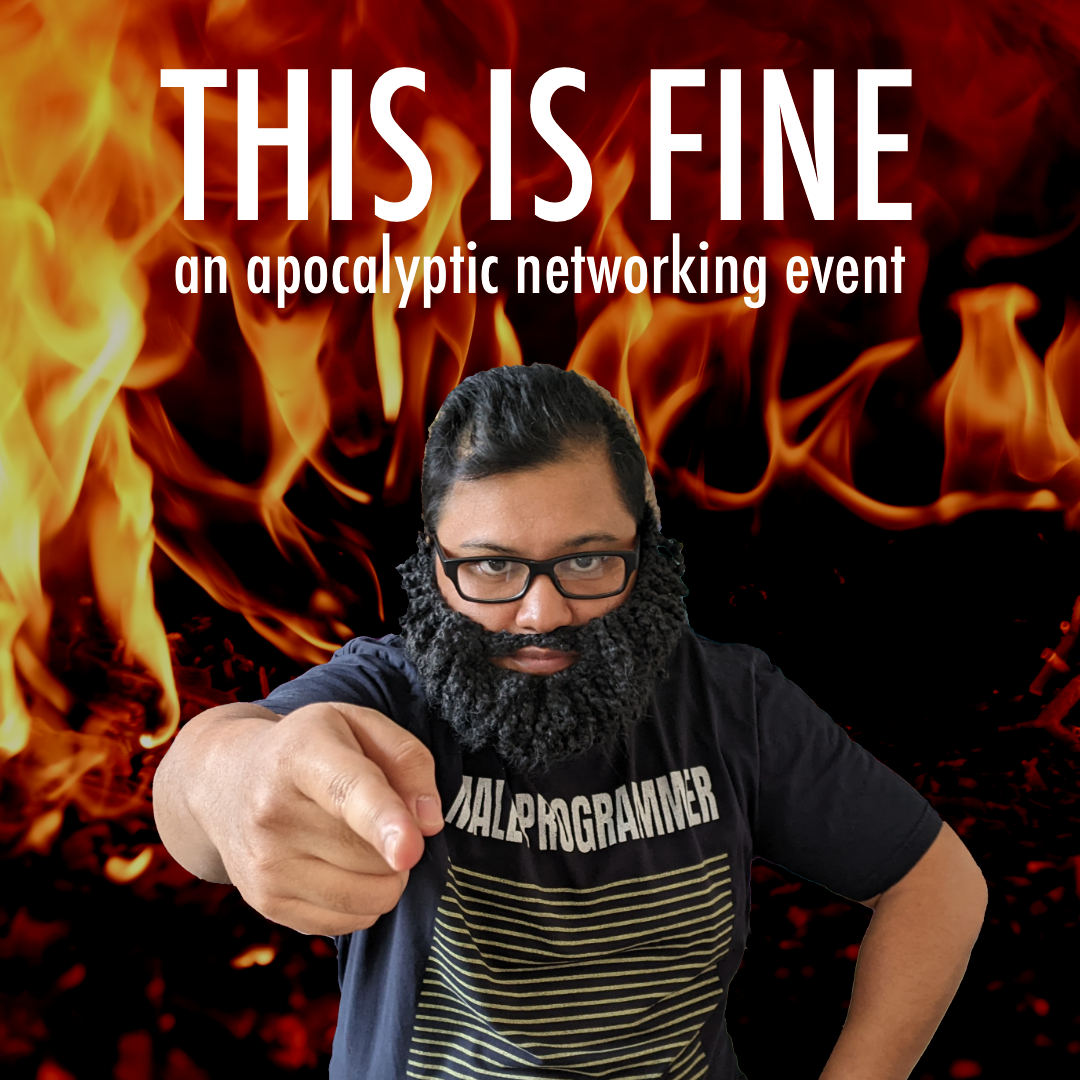Well, it’s been a while since I wrote, and working title “escape suitcase” is moving — a bit slowly, maybe, but still, it’s moving.
One thing that I am noticing is how much the fact that I have to slow down to physically make things gives me opportunities to think about the design of the project and let things percolate.
I am also noticing, importantly, the limits of my ability to document. Documentation is great until it’s getting in the way of the work, so I have had to make some compromises about recording design conversations, for example, because I’m in a room full of flying sawdust and it would be silly to ruin a recording device that way, or to make someone listen to a saw blade and then discuss whether we have to cut it more before turning the sawblade again. So, where documentation was getting in the way of my ability to do the work, I either didn’t document or delayed documentation. Some parts are lost, but it’s still way more than we usually get from the design process, and there’s already so much lost as my brain continually works out small problems or thinks about the project without my volition.
A problem area that I wasn’t expecting is power sources for my theatrical light-up and vibration patches. So far, the tech works fine when plugged into my computer. I bought batteries that should be able to do the trick, but the tiny USB LiPo charger that I bought on Adafruit just isn’t cutting the mustard. So, instead, I bought a larger charger (after doing some research, and at great expense), but while it has ports on the balance boards for 2S (2 cell, essentially) through to 6S LiPo batteries, it does not have 1S ports.
So. I bought batteries. Too small. I bought new batteries. Couldn’t charge them (or so I thought at first, because they just weren’t being supplied enough power). I bought a charger. Still can’t charge my batteries.
I am currently testing a non-ideal solution with the tiny Adafruit USB charger. It turns out there’s a spot at the back that you can solder closed to make it give 500mAh instead of 100…That’ll be 5 times faster but still mean 5 hours (I’m guessing?) for charging 1 battery. For now, I’m returning the charger I bought and will keep looking at solutions, including buying more batteries and maybe a different charger.
We’re into the fiddly bits of the project, like whether to cut wood 2 millimeters in one direction or another to hide certain secrets better, or into designing cases for the various boards that need to be screwed into the suitcase. That stuff, though occasionally time-consuming, given the 3D modeling and printing involved, is going fairly well.
So, finishing the actual suitcase (sanding and hardware, maybe drilling a few holes for power supplies) is still on my task list, along with soldering and making these conductive patches, finding a solution for the batteries, finishing programming for one of the puzzles, and writing the rules/frame for the game.
Oh, I also wanted to mention something really nice that happened! TAG now has a design conversation group that meets every Wednesday — which is also really nice but not what I wanted to mention. At a previous week, I had mentioned my intent to use a kind of web-based Konami code for one of the inputs I was building, and Pippin had offered to help if I ran into trouble. So, the next week, because I am very busy with teaching and a SSHRC Connection grant, I hadn’t had the chance to make much progress. Later on that day, Pippin talked to me and had made a small, stripped down version of the program that I needed! It kind of felt like someone bringing you a coffee when you’re tired or sending you a card when you’re feeling down. I really appreciated it, and it reminds me of how important community and friendship is, even when working on ostensibly solo projects.
That’s one thing about these projects: I worked on them in three very different ways, from being isolated and alone in Fort McMurray on Flip the Script!, to wanting to forge ahead alone and be as independent as possible for TRACES, and needing to learn to ask for help, to recognizing for this untitled game just how much having people to turn to while making TRACES mattered, and making collaboration a clearer part of this project, knowing from the start that I wouldn’t be able to do an adequate job of all the woodworking alone.
Back to the title of this post: recharging my physical, Lithium Polymer batteries is one problem that I’ve been having, but it also definitely refers to the feeling of being overwhelmed by work right now, and not wanting to burn out again, like what happened while I was working on TRACES. It’s not the dissertation that I’m pushing too hard on, though! It’s stress from other areas — teaching, writing grants, planning a conference, my spouse being in the market for a new job but also being close to burnout himself, continued nonsense with his old employer… Anyway.
I am trying to be really careful, but there is definitely pressure to overwork: my students need feedback and need my time to be able to continue their work, QGCon attendees and team members are relying on me to try and get as much funding as possible, and there’s time pressure to finish my PhD because my funding will end in the spring. I’m saving what I can, but since my spouse is currently on Unemployment Insurance, there’s some worry there too.

